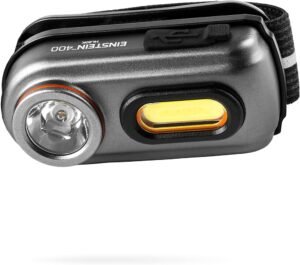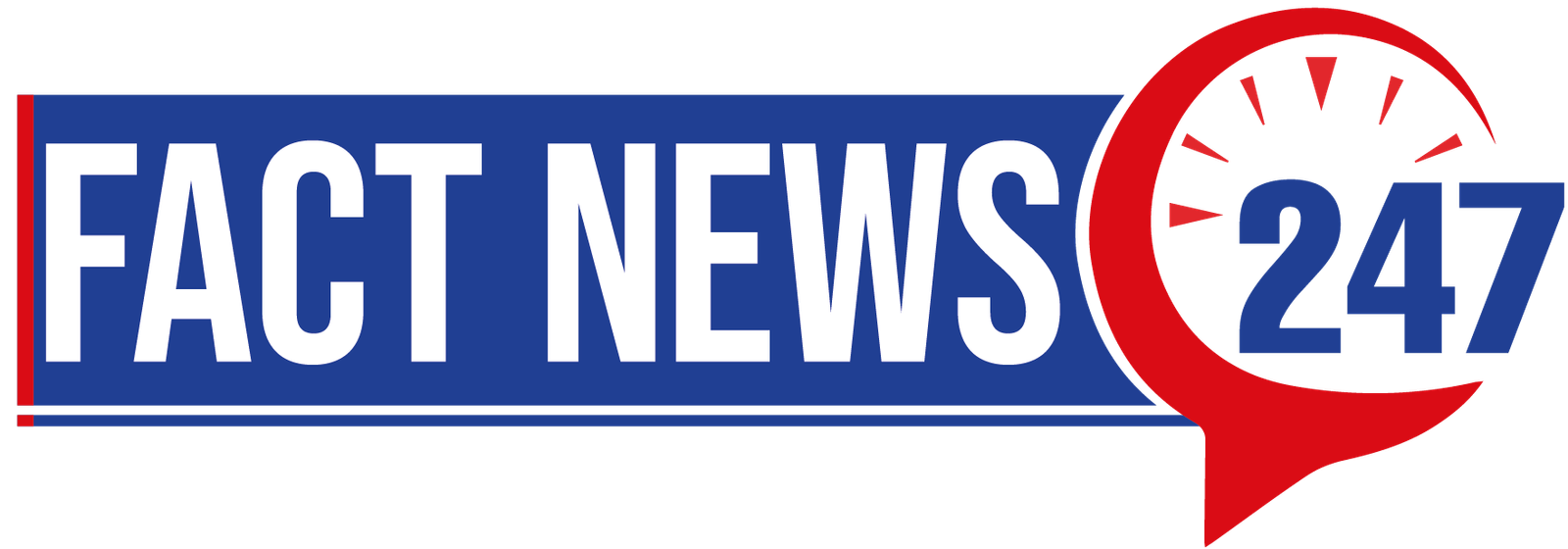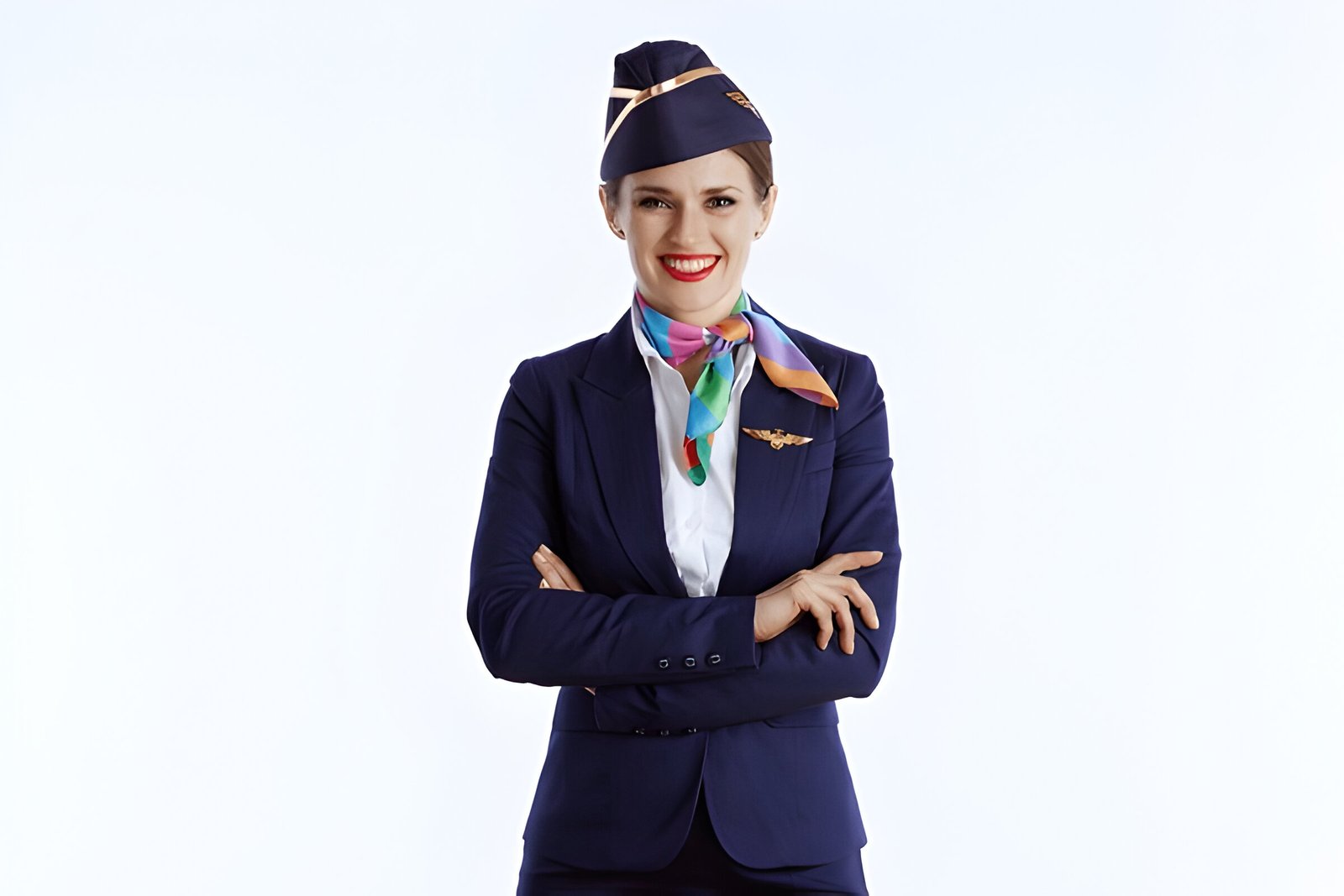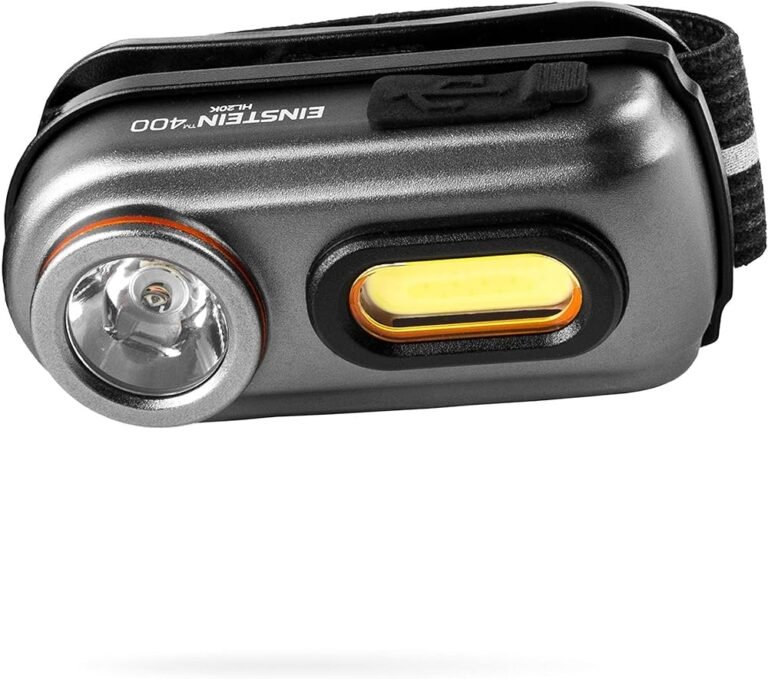Image Credit: ShutterStock
Have you ever wondered why flight attendants sit on their hands during takeoff and landing? This seemingly peculiar behavior is not a random act but a crucial safety measure in aviation. Flight attendants, the frontline personnel responsible for passenger safety and comfort, adopt this position as part of their rigorous safety procedures during critical phases of the flight.
The practice of flight attendants sitting on their hands has its roots in airline safety protocols. It serves multiple purposes, including injury prevention and emergency preparedness. This article will explore the reasons behind this practice, delve into the safety position explained, discuss the silent review process, and examine other safety measures implemented during takeoff and landing. By understanding these procedures, passengers can gain insight into the comprehensive approach airlines take to ensure safety and security on every flight.
The Safety Position Explained
Flight attendants sit on their hands during takeoff and landing as a crucial safety measure. This position has a specific purpose and prepares them for potential emergencies. The practice helps to keep the body in a rigid pose, reducing the risk of injury in case of an unplanned emergency or impact. By restricting body movement, flight attendants are less likely to suffer harm if an incident occurs.
How it prepares for emergencies
This safety position places flight attendants in a slight brace position, allowing them to react swiftly in emergencies. It enables them to maintain a direct view of the cabin area and main aisles, ensuring they can monitor passenger needs and safety concerns. The position also facilitates a “silent review” of emergency procedures, mentally preparing them for potential situations.
Variations based on seat position
The exact posture varies depending on the jump seat location and aircraft type. For seats facing the rear, attendants position their head slightly up and back on the headrest. In forward-facing seats, they tuck their chin as if bowing. These variations ensure optimal readiness and safety across different seating configurations.
Silent Review Process
Definition of silent review
The silent review is a crucial safety practice performed by flight attendants during takeoff and landing. It involves mentally preparing for potential emergencies while seated and secured. This process, also known as the 30-second review, helps cabin crew focus on their primary safety function.
Key aspects reviewed
During the silent review, flight attendants mentally go through:
- Emergency evacuation procedures
- Exit responsibilities and operation
- Brace positions
- Evacuation commands
- Location of emergency equipment
- Identification of able-bodied passengers
Importance in emergency preparedness
This mental rehearsal enhances crew readiness and situational awareness. It minimizes the “disbelief stage” in emergencies, enabling quicker responses. The silent review also helps build a shared mental model among crew members, fostering teamwork in critical situations. By consistently practicing this technique, flight attendants stay prepared to initiate unplanned evacuations efficiently, potentially saving lives in emergencies.
Other Safety Measures During Takeoff and Landing
Head positioning techniques
During takeoff and landing, passengers should keep their heads upright and facing forward. This helps maintain proper spinal alignment and reduces the risk of neck injuries in case of sudden deceleration or impact. The “brace position” found on airline briefing cards is crucial. Resting the head against the seat in front reduces the chance of serious head injury.
Seatbelt requirements
Seatbelts must be worn at all times during the flight, including takeoff and landing. Properly fastened seatbelts secure passengers in their seats, preventing them from being thrown around the cabin during turbulence or emergencies. Modern seat and seatbelt designs have proven effective in saving lives during accidents.
Importance of staying alert
Passengers should remain alert and attentive during critical phases of takeoff and landing. Paying attention to safety announcements and instructions from the flight crew helps passengers respond quickly and appropriately in emergencies. It’s best to be alert and not sleeping during these phases to be prepared for any issues.
Conclusion
The practice of flight attendants sitting on their hands during takeoff and landing has a significant impact on aviation safety. This seemingly simple action is part of a comprehensive approach to ensure passenger and crew safety during critical phases of the flight. It allows flight attendants to stay alert, maintain situational awareness, and be ready to respond quickly in case of emergencies.
The safety measures implemented during takeoff and landing go beyond just the flight attendants’ actions. Passengers also play a crucial role by following instructions, staying alert, and properly fastening their seatbelts. These combined efforts create a safer flying environment for everyone on board. In the end, understanding these procedures helps passengers appreciate the thought and care put into making air travel one of the safest forms of transportation.
Also Read : fighter jet crashes miramar
FAQs
Why do flight attendants greet passengers at the entrance?
Flight attendants serve as a welcoming committee but also function as an informal security checkpoint. They look out for suspicious items like coolers and assess whether passengers might be too intoxicated to fly by engaging them with a quick greeting.
What do flight attendants observe about passengers as they board the plane?
Flight attendants prioritize safety, so they pay close attention to the physical condition of passengers. They note individuals who appear physically capable of assisting with lifting heavy objects or helping in emergencies, which is crucial for maintaining safety on board.
What is the reason for flight attendants being in the cockpit occasionally?
According to Federal Aviation Administration (FAA) regulations, there must always be a second person in the cockpit with the pilot. This role is sometimes filled by a flight attendant or, alternatively, a third pilot who sits in the jump seat.
Why is it necessary for window blinds to be open during takeoff and landing?
Keeping the window shades up during takeoff and landing is a safety protocol. These are the phases of the flight when incidents or accidents are most likely to occur, and having the blinds up ensures that visibility is maximized during these critical times.
























[…] […]
[…] […]